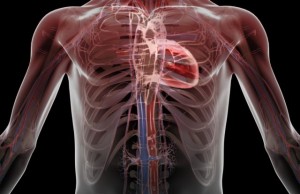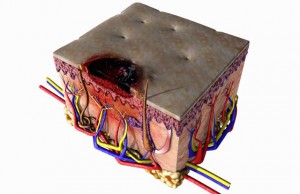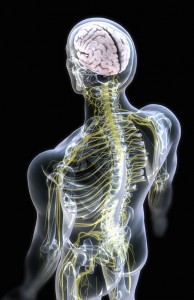Medicine
It seems that in the general sense of medicine is rapidly formed a separate, distinctive branch of computer graphics different from the traditional mainstream. Nonetheless, the medical computer graphics can easily be used in other, non-medical applications, such as designing costumes, creating new systems being a centaur, mermaid, sphinx, etc.
The differences between medical and traditional computer graphics:
1. The most important and most interesting 3D image creates scanner of the human body – such as CT, and not man – graphic designer.
2. There are created 3D and 4D models of individual organs inside the body.
Interesting animations can be viewed on the website 3D4medical.
3. It operates with 3D textures, medical facilities, such as organs and tissues, rather than 2D surfaces and textures.
4. Graphical space is not a scene, but the interior of the human body.
4. The pressure computational is not located on the realistic rendering of the scene, physical phenomena, animations, but the calculation of the optimal design for the eye doctor.
Medical scanners
In the field of medical imaging technologies are currently available:
- CT – Computed Tomography),
- NMR – Nuclear Magnetic Resonans and MRI – Magnetic Resonance Imaging,
- PET – Positron Emission Tomography,
- USG - Ultrasonography,
- hybrid systems, e.g. PET-CT, PET-MRI.
3D scanner is a device designed mainly for the so-called. reverse design, the industrial design process is carried out based on existing objects.
An example of the scanner to work on the outside may be a product Faro Photon, and the internal works- Faro Gage Plus.
Summary
Medicine is one of the major branches using Modern Computer Graphics. Various applications can assist in learning the construction and operation of the human body, and also contribute to better and more effective diagnosis of diseases.
Parent page: Where do we use computer graphics?







